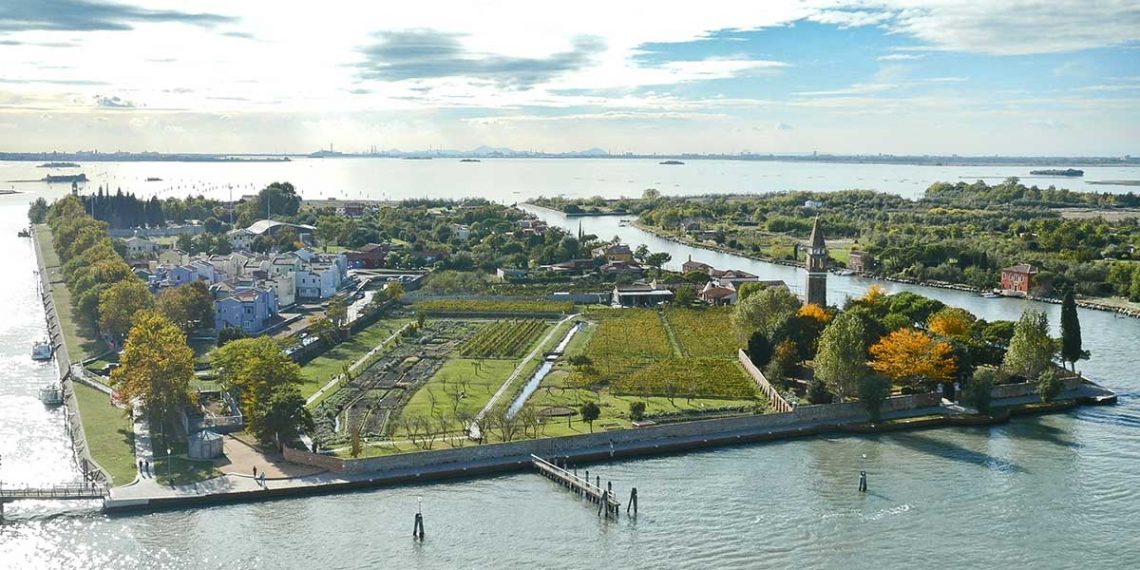“Museum also means territory. And it is in museums that the action of historical, cultural and landscape recovery and enhancement of the territory can be cultivated, making it productive for the community and for the future”.
For the full review click here.








